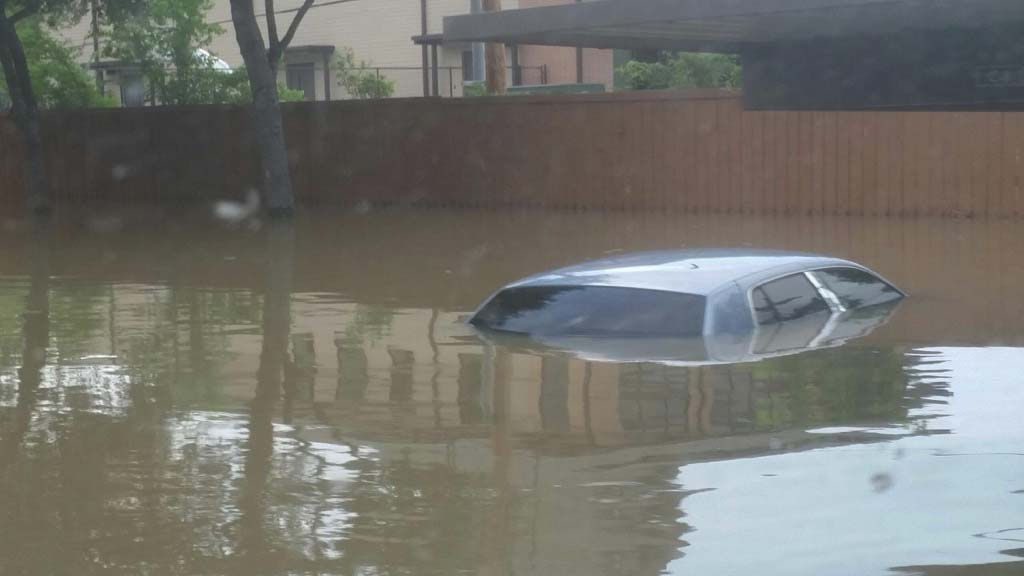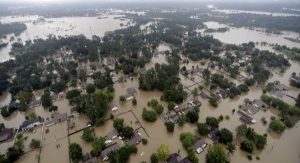Rebuilding Is Not Easy
Hurricanes are unfortunate yet natural events, that strike mercilessly and often times you are ill-prepared to handle the outcome. This is normal, as nobody in his right mind lives his life, thinking about what is the worse that could happen. But after disaster strikes, there are a couple of steps that you need to do.
After your home is damaged by the hurricane try to take as many photos as possible to document the damages. You will have to figure out just how well your insurance protects you, and photo evidence is necessary. This can be a daunting task, as insurance companies will often try to downplay the damage that was done. Also, during large-scale hurricane disasters, they often arrive late, sometimes taking even weeks. Statistically, over 40% of people who claim insurance will report complaints regarding either coverage of damages or delays in the payout. This is stressful, but it should not stop you from starting to work on your home as soon as you can.

After every disaster, there are plenty of people or companies willing to help you (both with the insurance claim and rebuilding) but you should be very careful accepting an offer. Even if it might seem like a good idea at first, costs can easily spiral out of control, and you might end up paying more than you bargained for. On your own, you can often do emergency repairs. Simply try to stop the further deterioration of the house. Cover the broken windows with plastic sheets to stop further degradation from taking place, and fill in the holes (if there are any) on the walls. Don’t forget to turn off the electricity, water, and gas. Also drain the basement, if you have one. Be careful, as this can be a dangerous procedure. Your health is the most important aspect right now.
After this mucking is needed. This is the process where you simply shovel all the mud that came in and all the trash that was brought with it. After you are done mucking, you need to start gutting. You will need to remove the drywall, insulation, floor, wiring, plumbing and everything else that severely deteriorated from the flood water or wind. If you are lucky and your home suffered only wind damage than these two steps might not be needed, but in case of a hurricane, chances are that you will have to do both.
 Create a list of things that are in need of repair and rank accordingly. After the house dries up you can start with what is most important for you. Get a professional to restart the utilities and check that there is no danger to use them. If this is done, get ready to properly clean out the house. Make a list: brooms, mops, brushes, buckets, hoses, rags, rubber gloves, sponges, cleaning products, trash bags are all things that you will most definitely need.
Create a list of things that are in need of repair and rank accordingly. After the house dries up you can start with what is most important for you. Get a professional to restart the utilities and check that there is no danger to use them. If this is done, get ready to properly clean out the house. Make a list: brooms, mops, brushes, buckets, hoses, rags, rubber gloves, sponges, cleaning products, trash bags are all things that you will most definitely need.
After you are done with this, you are ready to rebuild the destroyed parts and floodproofing for the future. If you are lucky, this might be an extra precaution, but if not, it could be a lifesaver. There are in total five well known floodproofing strategies: elevation, relocation, floodwalls, dry floodproofing and wet floodproofing. Whichever you choose (or pick more than one), don’t forget to get a building permit first, as this will be needed to alter your home. In any case, you will need professional help. So be certain that you hire a group of people you can trust to do a good job. Ask your friends and family if they know some, and only resort to strangers if you cannot find somebody who already did a job for somebody you trust.
There are many steps to take, it might seem a bit scary, but if it is done right, you will be able to use your new and improved home in a matter of months or even weeks.
Other great articles: